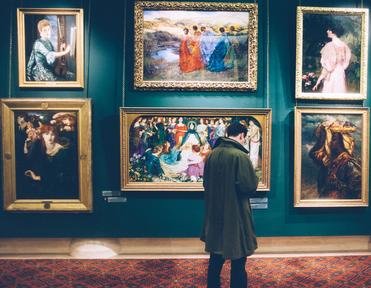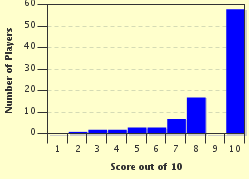Quiz Answer Key and Fun Facts
1. Solomon R. Guggenheim Museum: Building was designed by Frank Lloyd Wright and opened in 1959.
2. American Visionary Art Museum: Opened in 1995 by Rebecca Hoffberger to focus on 'outsider art'.
3. Carnegie Museum of Art: Modern art museum founded by the industrialist Andrew Carnegie in the late 19th century.
4. Taft Museum of Art: Fine art collection housed in building associated with the former US President William Taft.
5. Fogg Museum: A member of the Harvard Art Museums group and part of Harvard University.
6. J. Paul Getty Museum: Founded by a famously frugal billionaire, it moved to the Getty Center in 1997.
7. Yale Center for British Art: Houses a collection of British art donated to Yale University in the 1960s.
8. National Museum of Wildlife Art: Formerly known as the Wildlife of the American West Museum.
9. National Portrait Gallery: Part of the Smithsonian Institute that focuses on depictions of famous Americans.
10. National Veterans Art Museum: Travelling exhibition of works by veterans of the Vietnam war that was given a permanent home by Richard M. Daley in the mid-1990s.
Source: Author
Fifiona81
This quiz was reviewed by FunTrivia editor
trident before going online.
Any errors found in FunTrivia content are routinely corrected through our feedback system.

